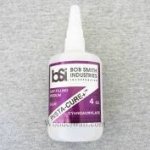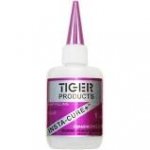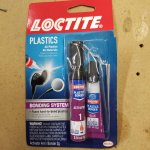This is why my shafts have that divot on the end that looks like a center hole. Folks who do repairs think it looks sloppy because they don't understand what's going on, so I sometimes have to fade the "expert opinions" on why my shafts have that divot. The reason is because it's not good enough to be true square. Cyano bonds strongest when the interface is extremely close. The faint lines left behind after the facing cut or even a tip scuffed too gritty is enough to weaken the bond. Think rear view mirror, roughly a pound hanging on less than a square inch, stuck to polished glass with cyano. The surface of the ferrule has to be smooth, not just flat. With the lathe spinning, I use the tip of a utility blade to make that divot, then hold the blade on edge so it scrapes the face perfect shiny flat. If the divot isn't there, the blade will create a hump in the center, which knocks the face out of square. The divot allows the blade to cut both sides equally and square. I know a few others who do this besides myself, but not many. When you see a shaft with that divot under the tip, you'll now know why. It's not sloppy at all. It's somebody doing everything possible to maximize the tip bond.
I'm not sure this will work for the ferrules you're speaking of. I suspect it will, but I don't have any experience with them so I don't know. I rarely even scuff tips. I almost never scuff layered tips. When I do scuff a tip, it's with finer grit. Again, interface is maybe the most critical aspect of gluing on a tip. Ironically, it's the least considered.


